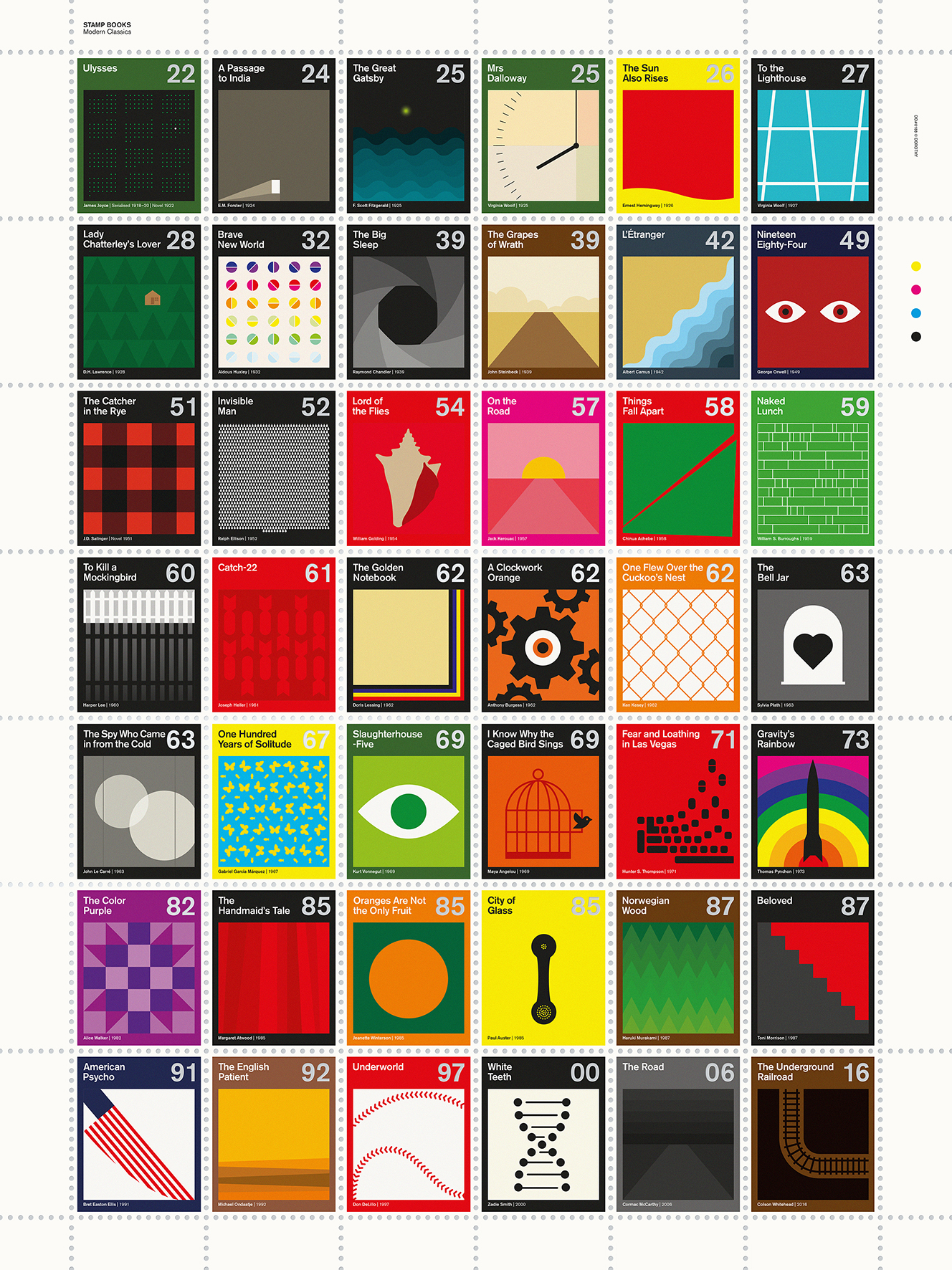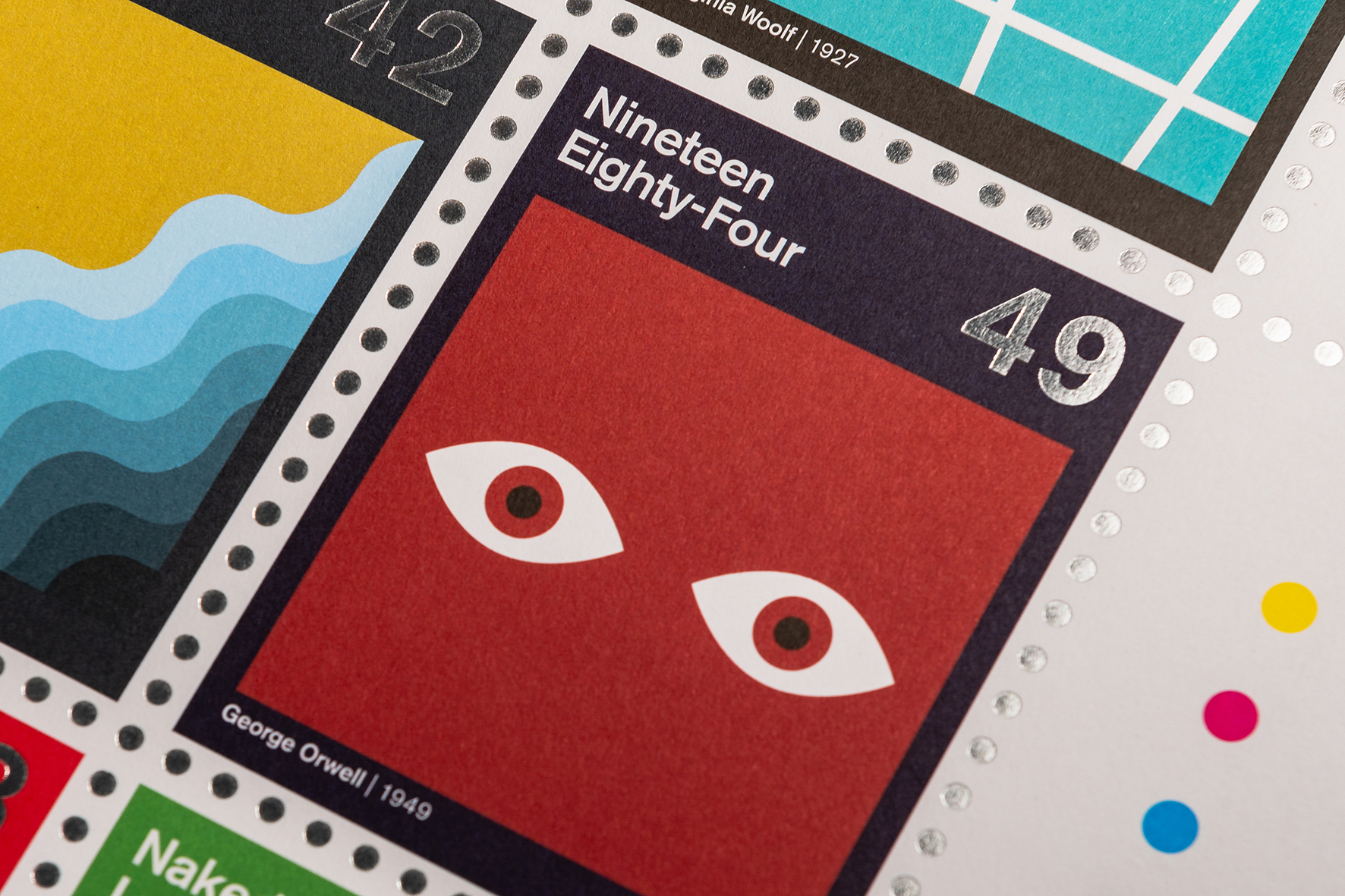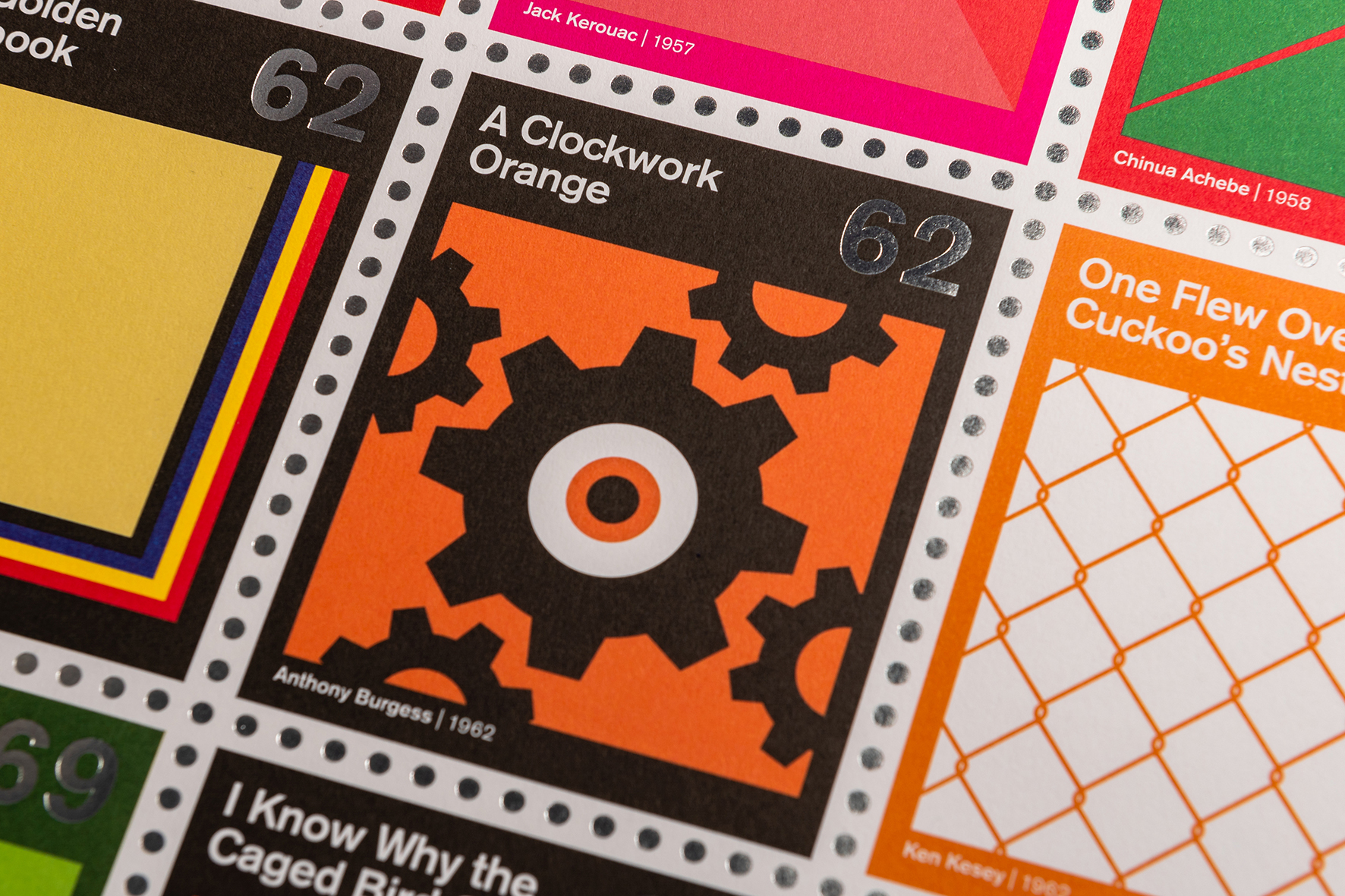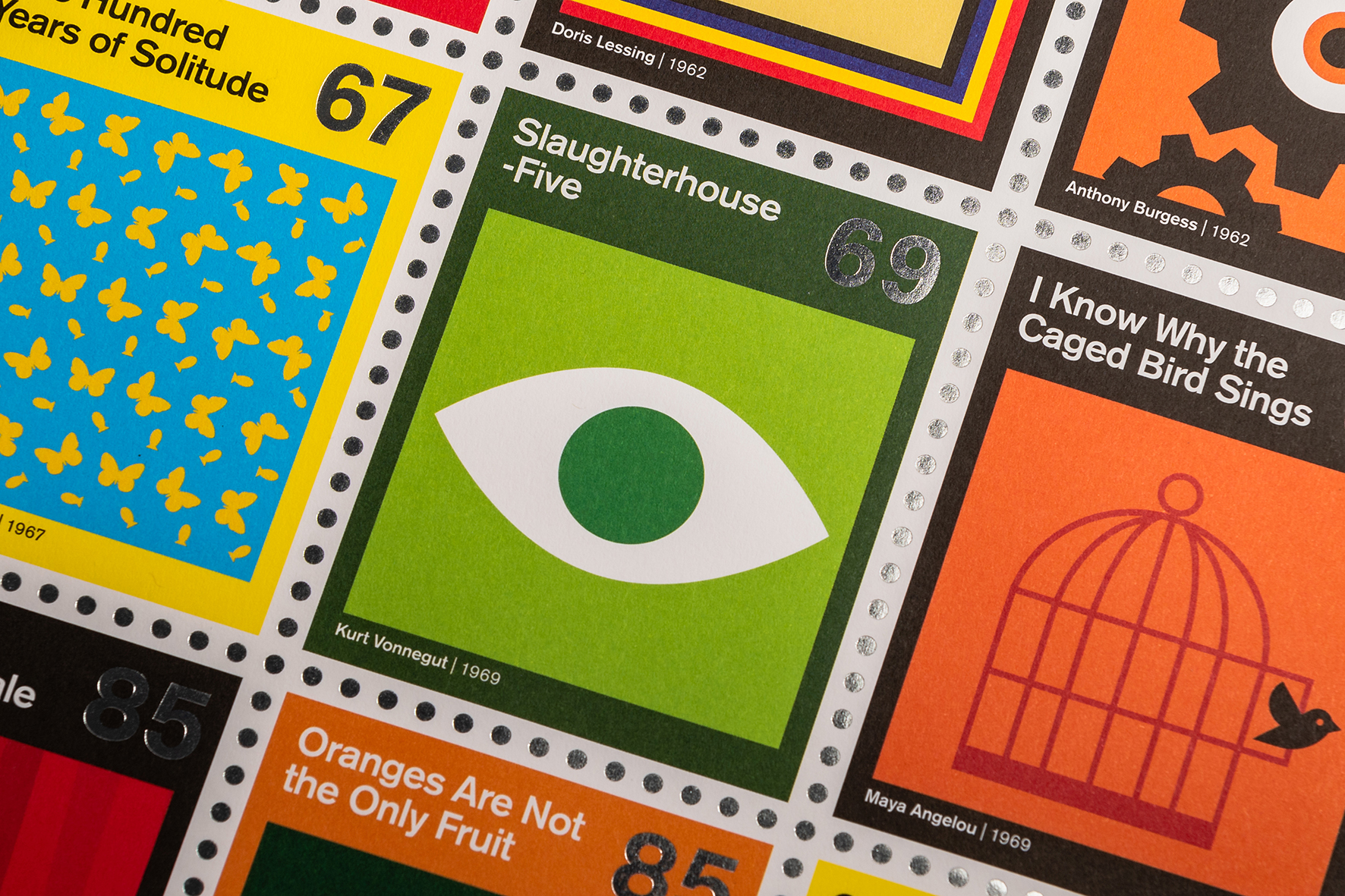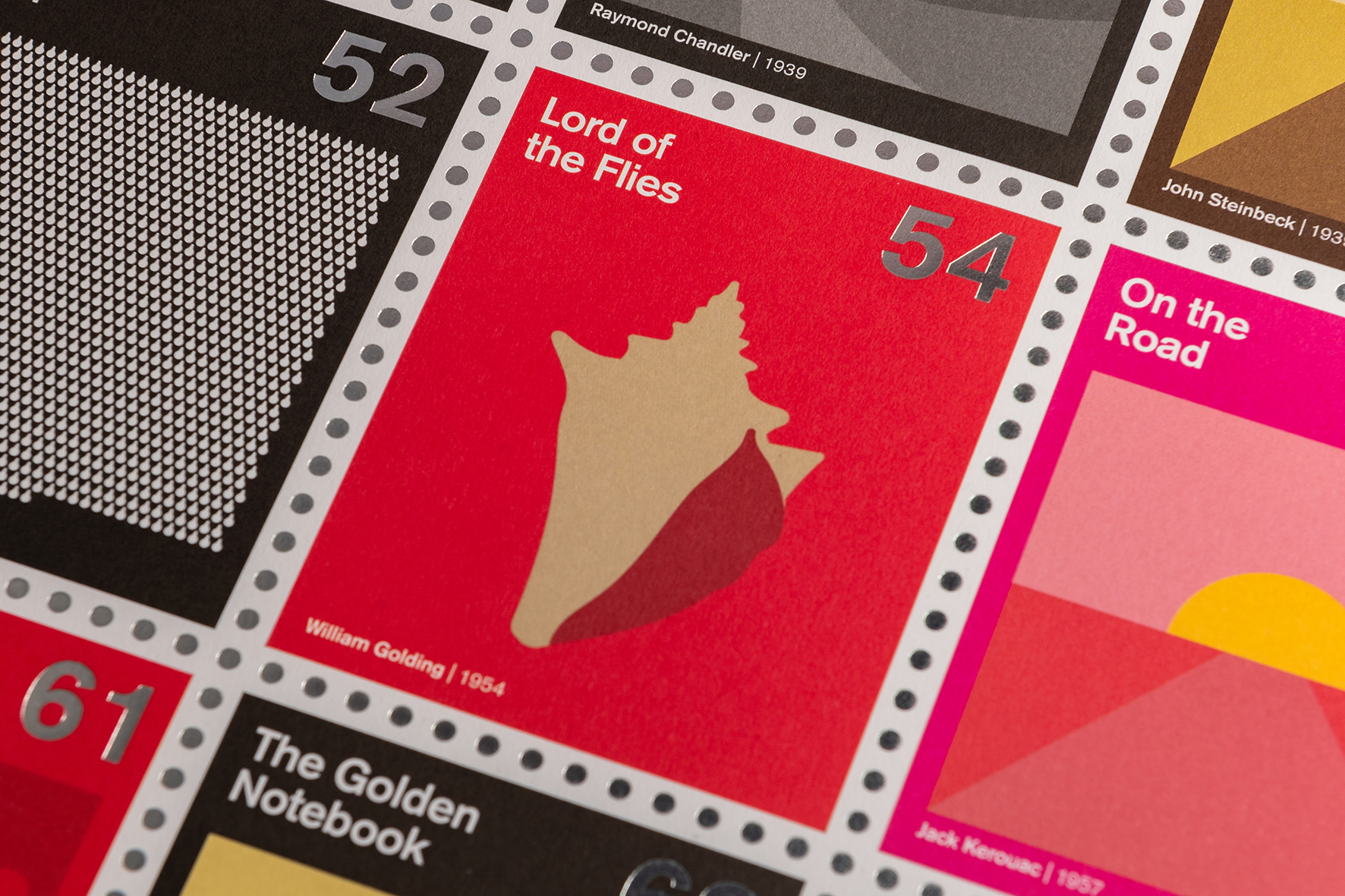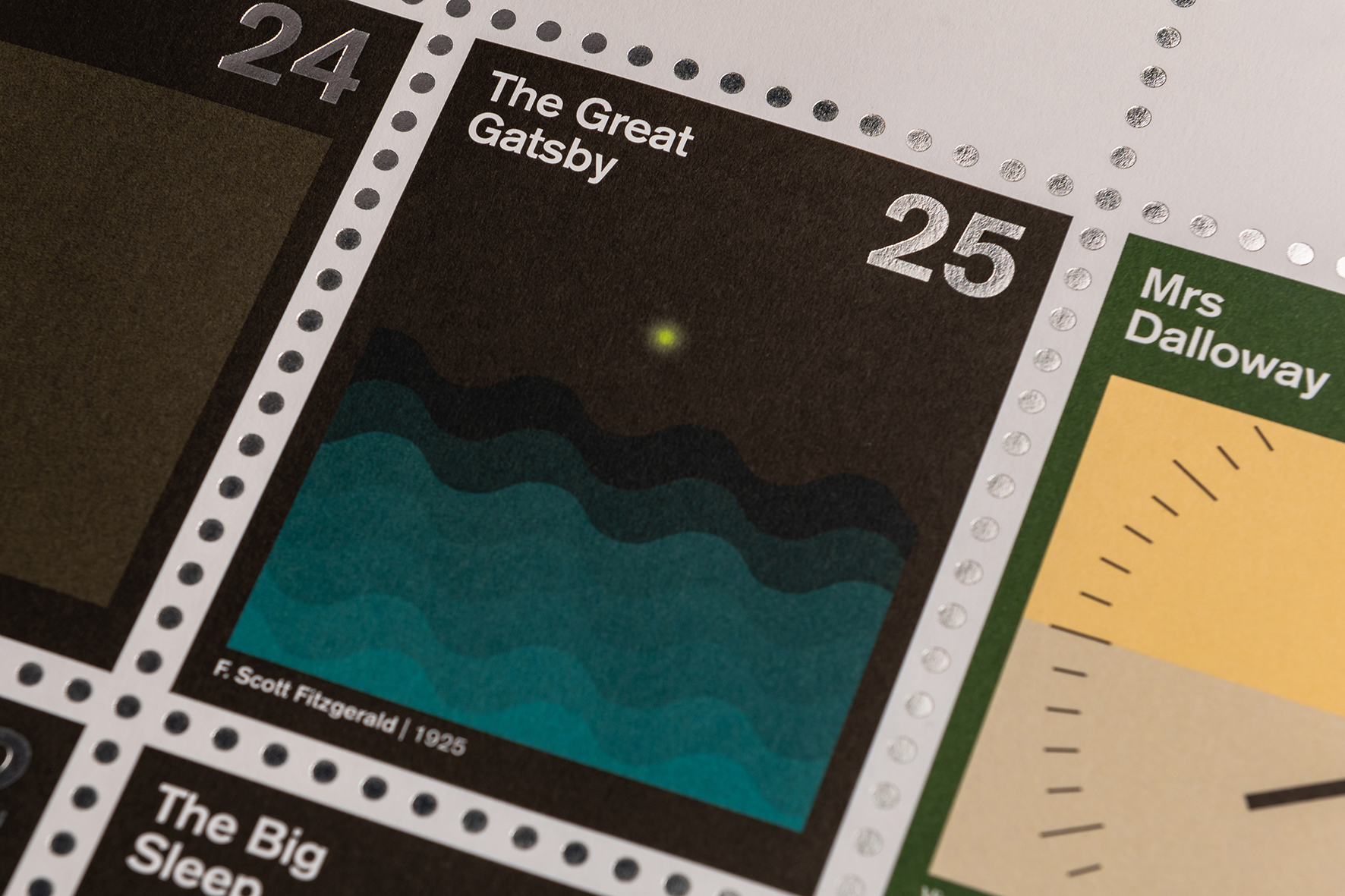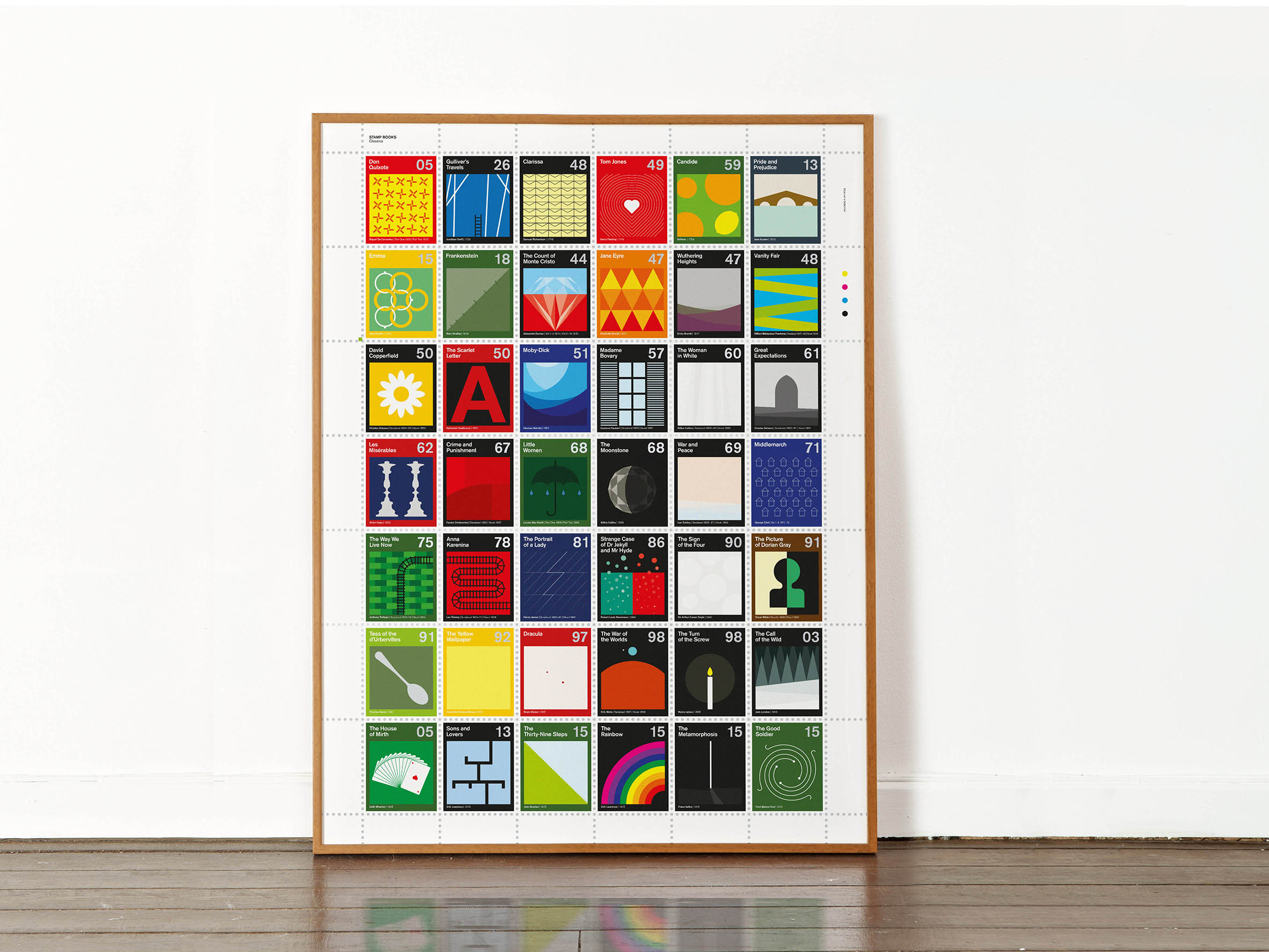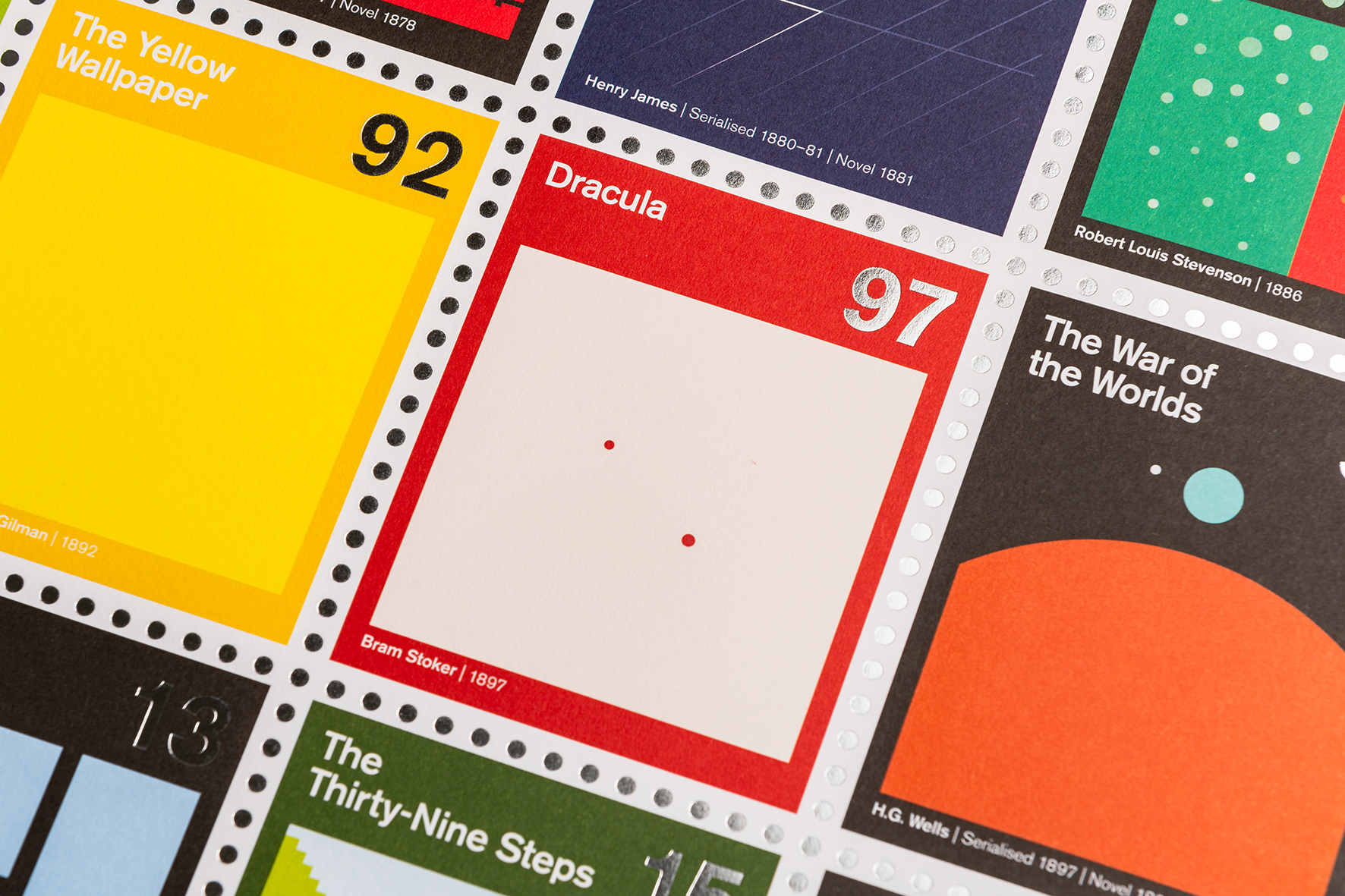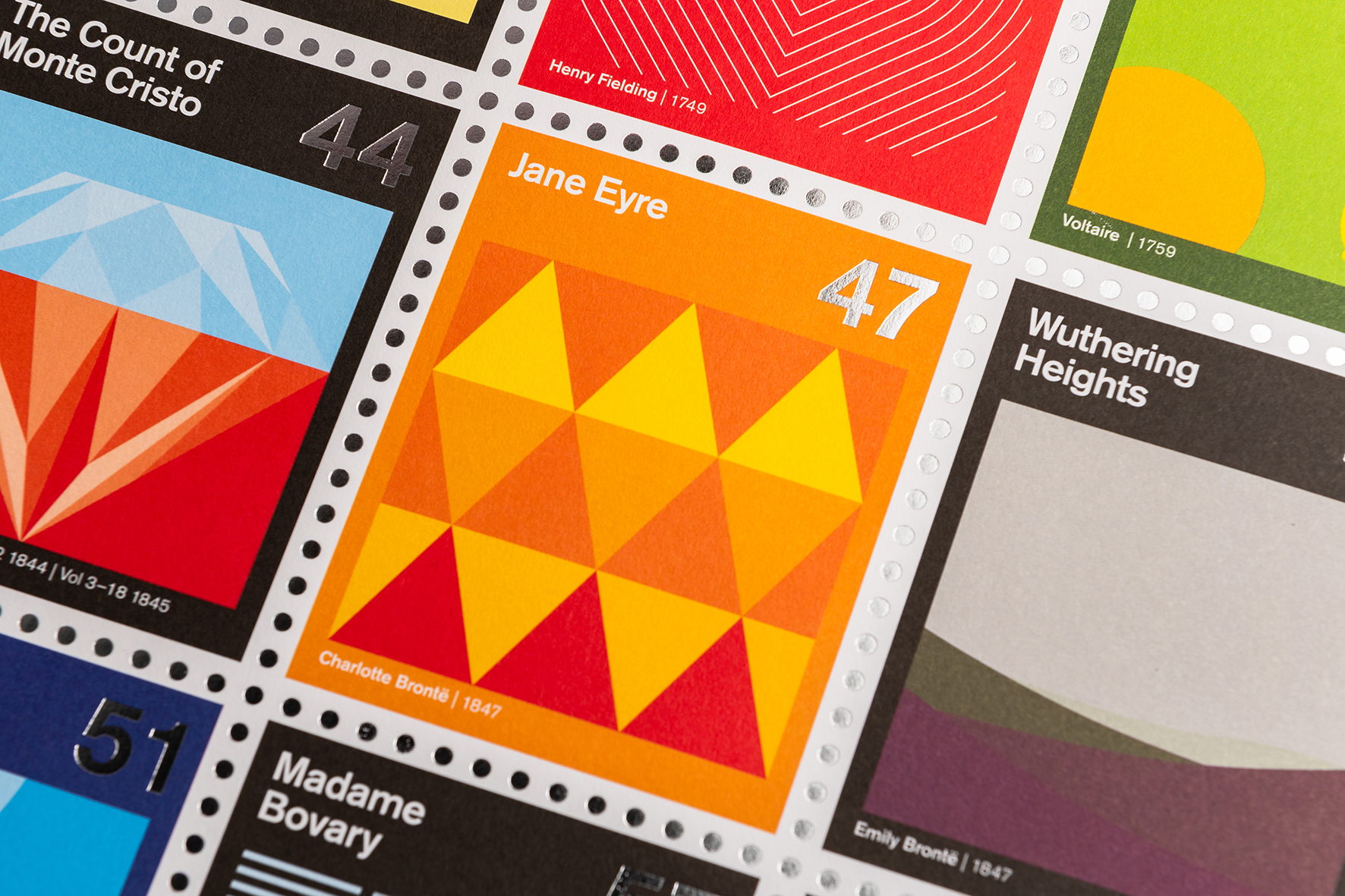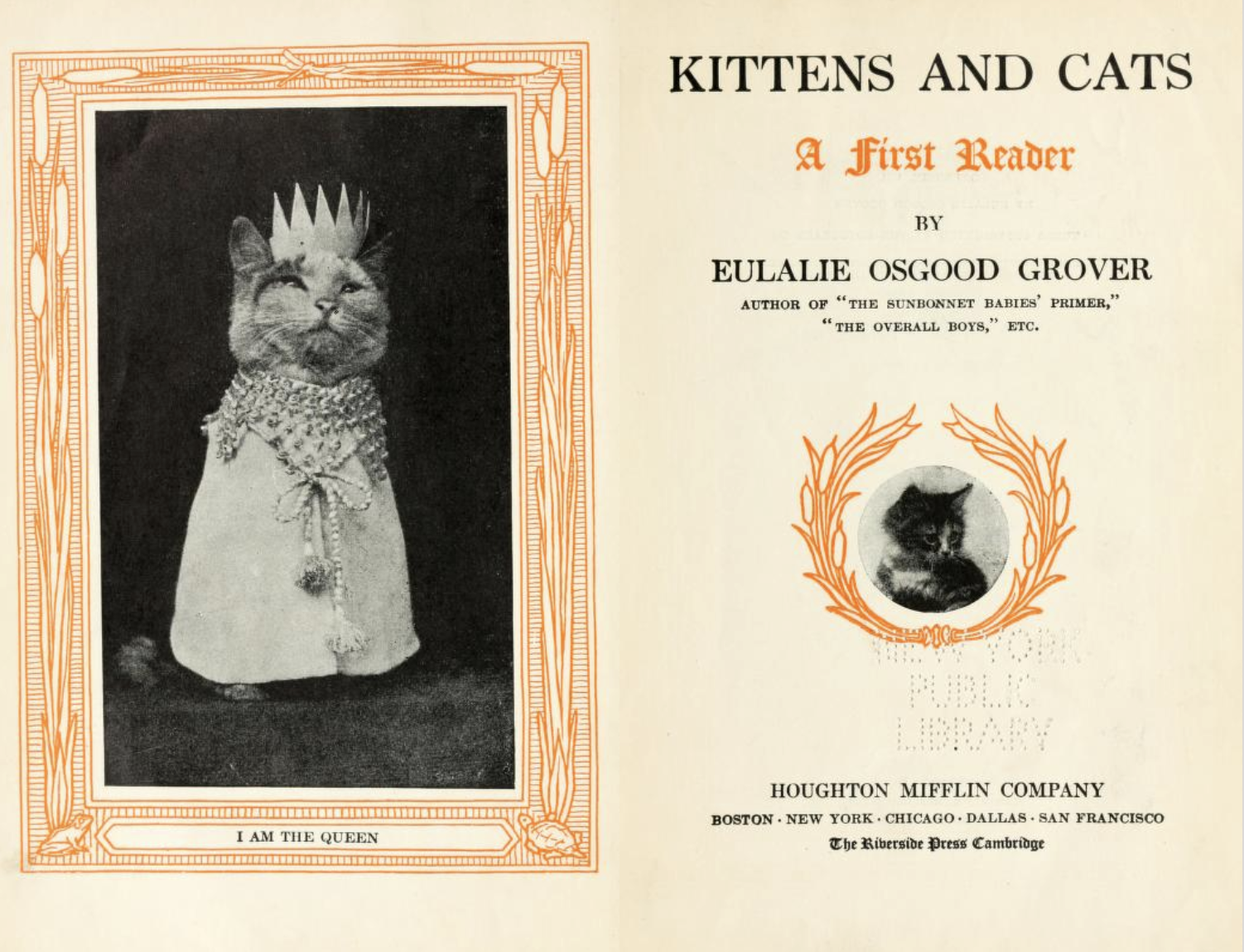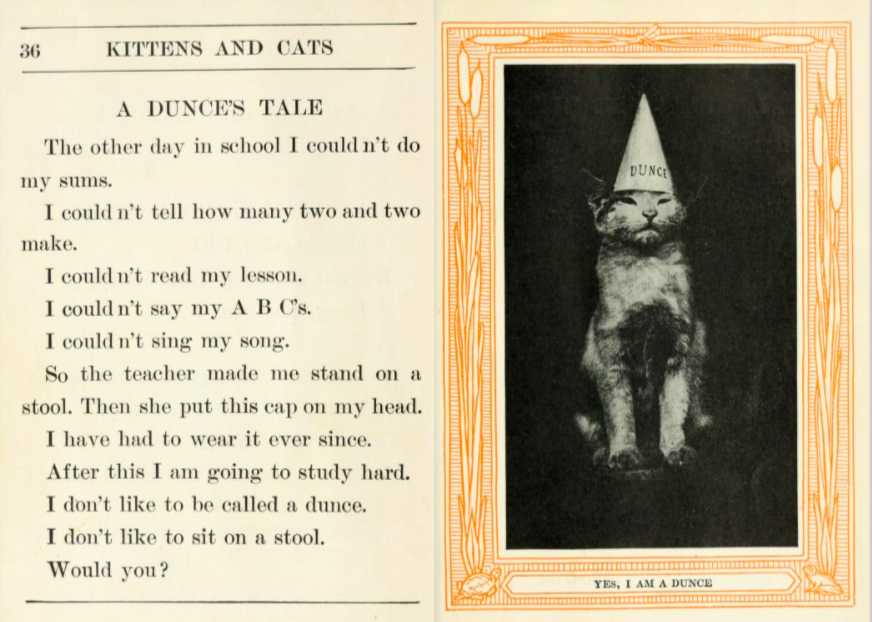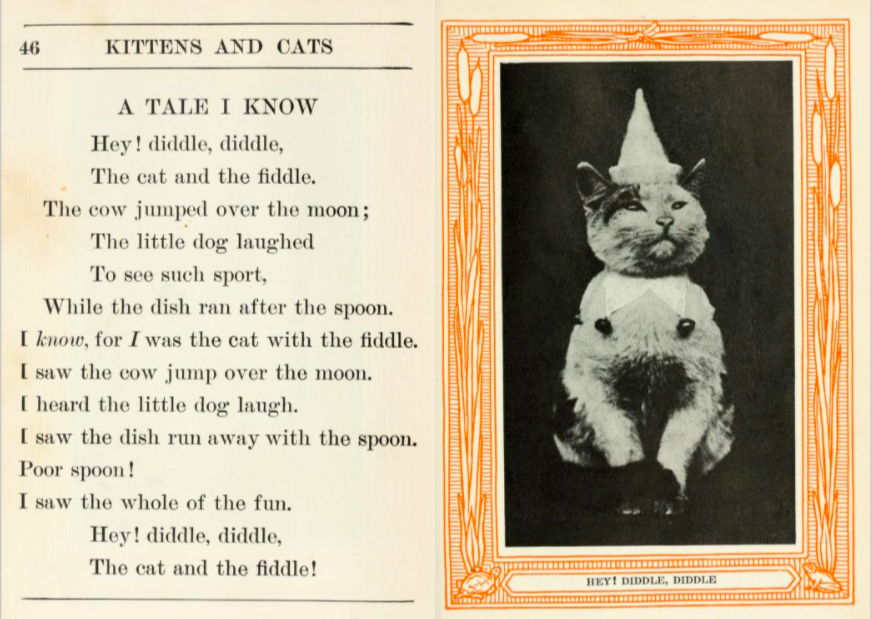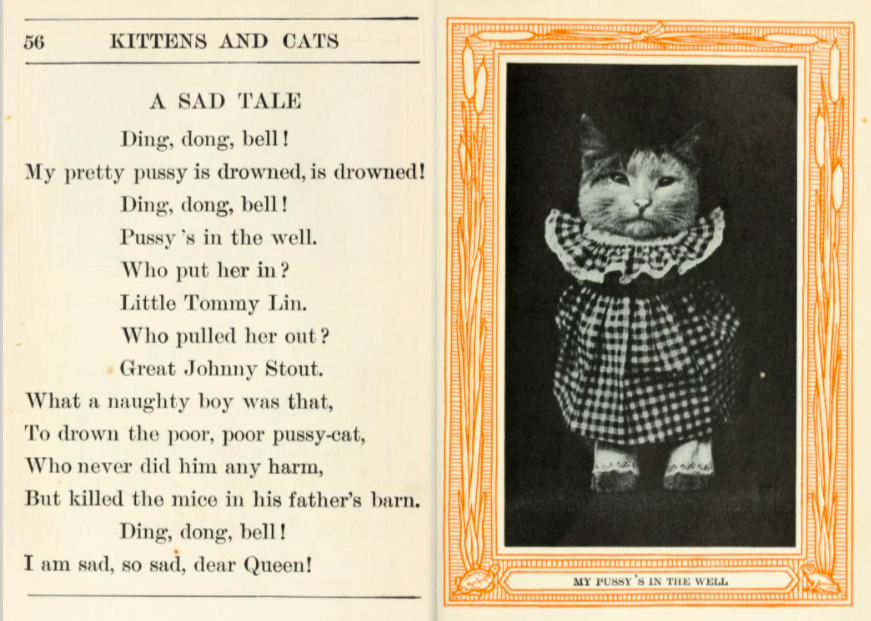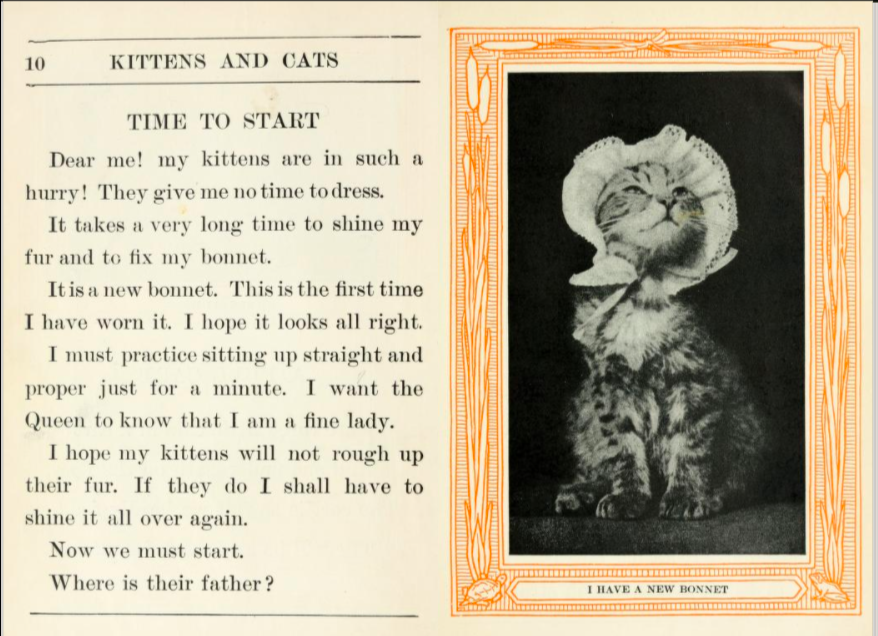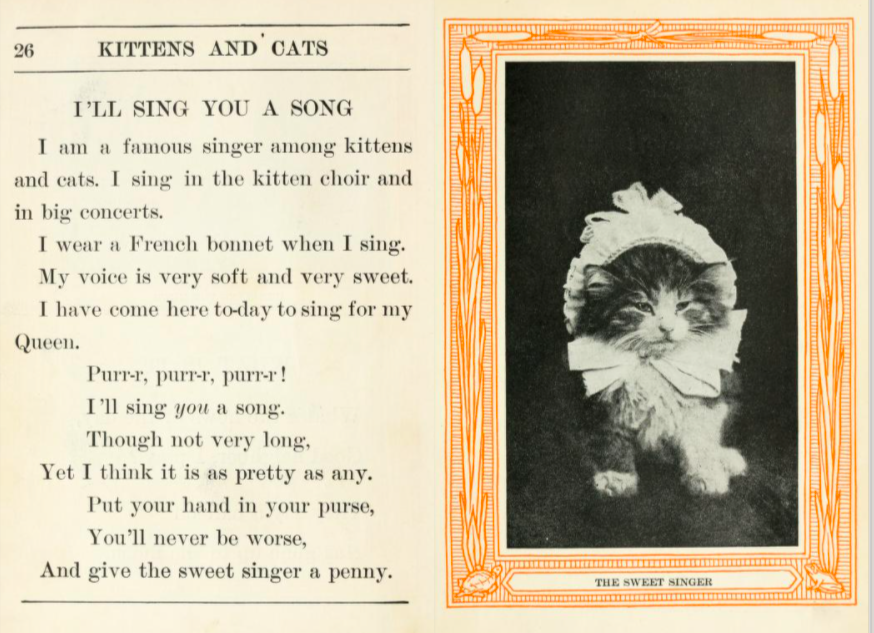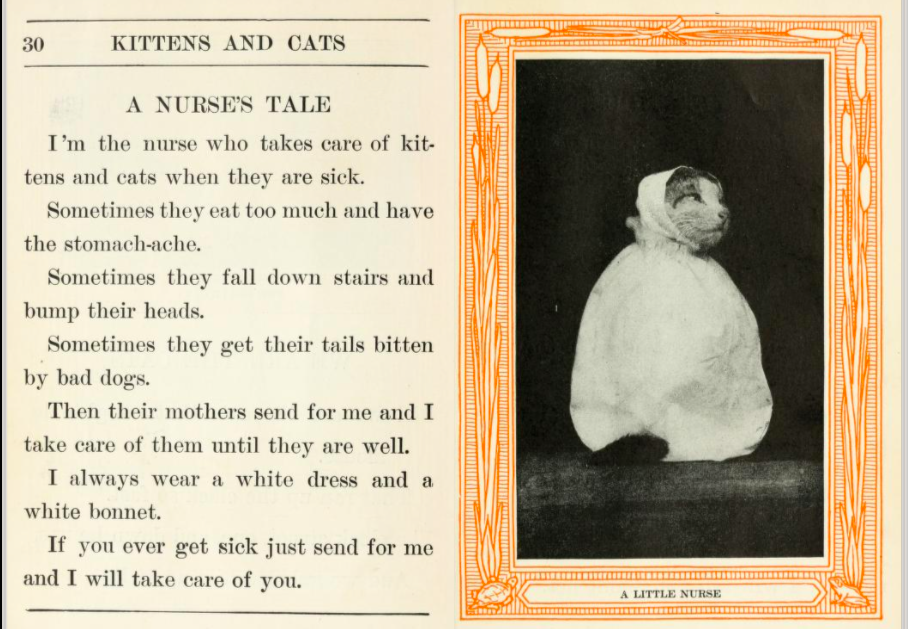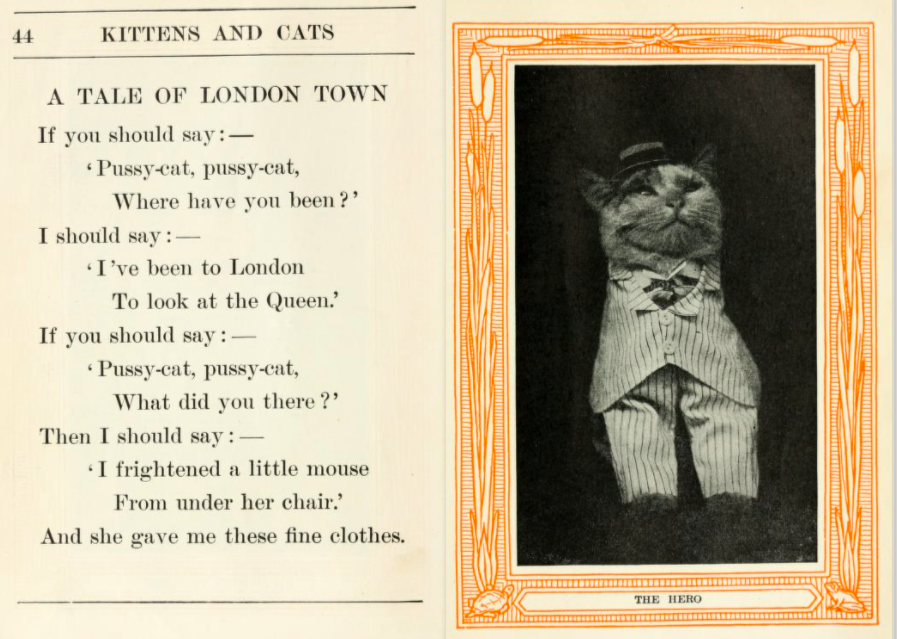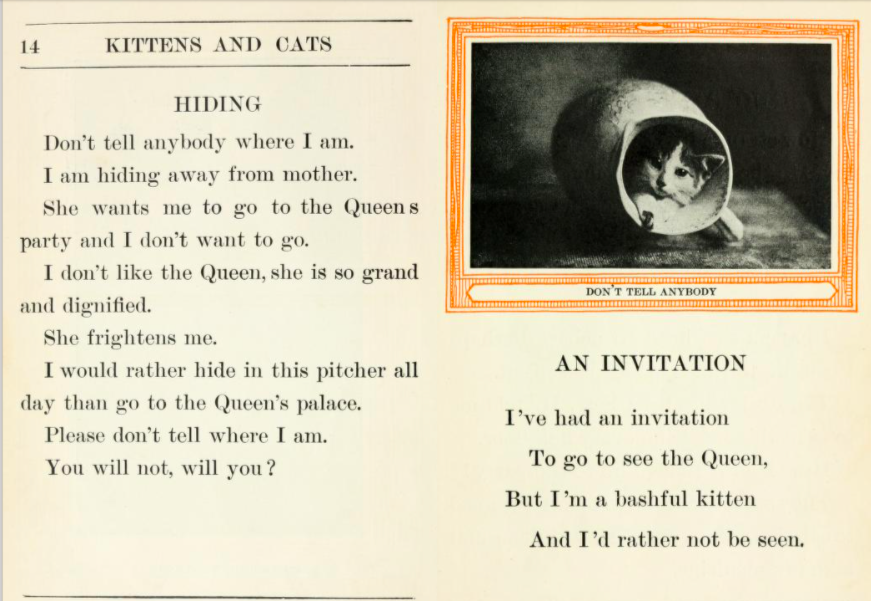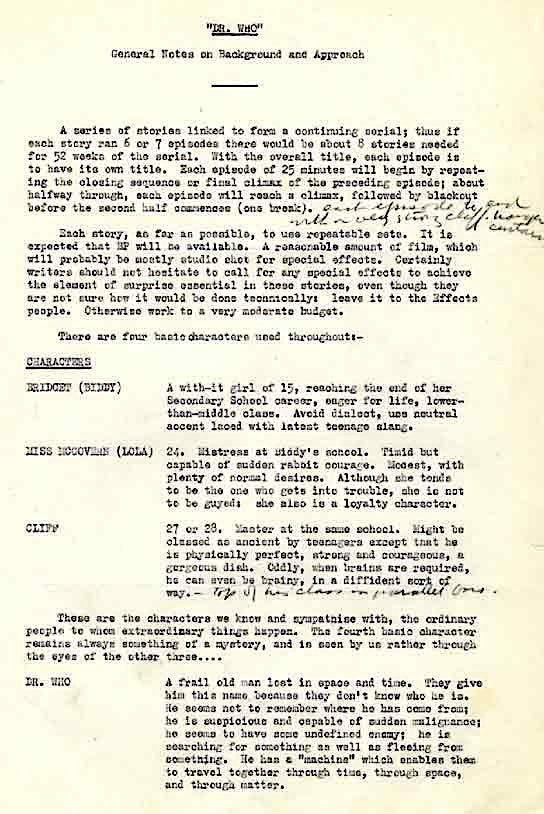Let’s face it, meetings are boring at best and at worst, chaotic, volatile, and potentially violent. And let’s also face it: to get through life as functioning adults, we’re going to have to sit through one or two of them — or even one or two of them a week.
Maybe we’re the one who calls the meetings, and maybe they all feel like a waste of time. One solution is to have more informal meetings. This can be especially tempting in the age of work-from-home, when it’s impossible to know how many meeting attendees are wearing pants. Fewer rules can raise the spontaneity quotient, but allowing for the unexpected can invite disaster as well as epiphany.
On the other end of the scale, we have the formality of parliamentary rules of order, such as those introduced by U.S. Army officer Henry Martyn Robert in 1876. Robert, whose father was the first president of Morehouse College, gained a wealth of experience with unproductive meetings as he traveled around the country with the Army. One particular meeting became a defining experience, as one account has it:
While in San Francisco, the local leader of his community didn’t show up for a church meeting. Henry Robert was asked to preside over the town hall (without any prior notice). Let’s just say that on this particular evening in 1876, he did a bad job. An hour into the meeting, people were screaming and the church actually erupted into open conflict.
Sadly, this sort of thing has become almost routine at town halls and school board meetings. But it needn’t be so at the office. Nor, says John Cleese in the brief video above, do meetings need to follow the formality of parliamentary procedure.
Cleese’s rules are simpler even than the simplified Roberts or Rosenberg’s Rules of Order, an even more simplified version of Robert’s Rules. Furthermore, Cleese avoids using words like “Rules” which can be a turn-off in our egalitarian times. Instead, he presents us with a “5‑Step Plan” for holding better and shorter meetings.
1. Plan — Clear your mind about the precise objectives of the meeting. Be clear why you need it and list the subjects.
2. Inform — Make sure everyone knows exactly what is being discussed, why, and what you want from the discussion. Anticipate what information and people may be needed and make sure they’re there.
3. Prepare — Prepare the logical sequence items. Prepare the time allocation to each item on the basis of its importance not its urgency.
4. Structure and Control — Take the evidence stage before the interpretation stage and that before the action stage and stop people jumping ahead or going back over ground.
5. Summarize all decision and record them straight away with the name of the person responsible for any action
Easy, right? Well, maybe not so easy in practice, but these steps can, at the very least, illuminate what’s wrong with your meetings, which may currently resemble one of Cleese’s many parodies of business culture. Nobody videophoned it in at the time, but trying to figure out who’s supposed to be doing what can still take up an afternoon. Let Cleese’s five steps bring order to the chaos.
Related Content:
Monty Python’s John Cleese Creates Ads for the American Philosophical Association
John Cleese’s Very Favorite Comedy Sketches
Josh Jones is a writer and musician based in Durham, NC. Follow him at @jdmagness
